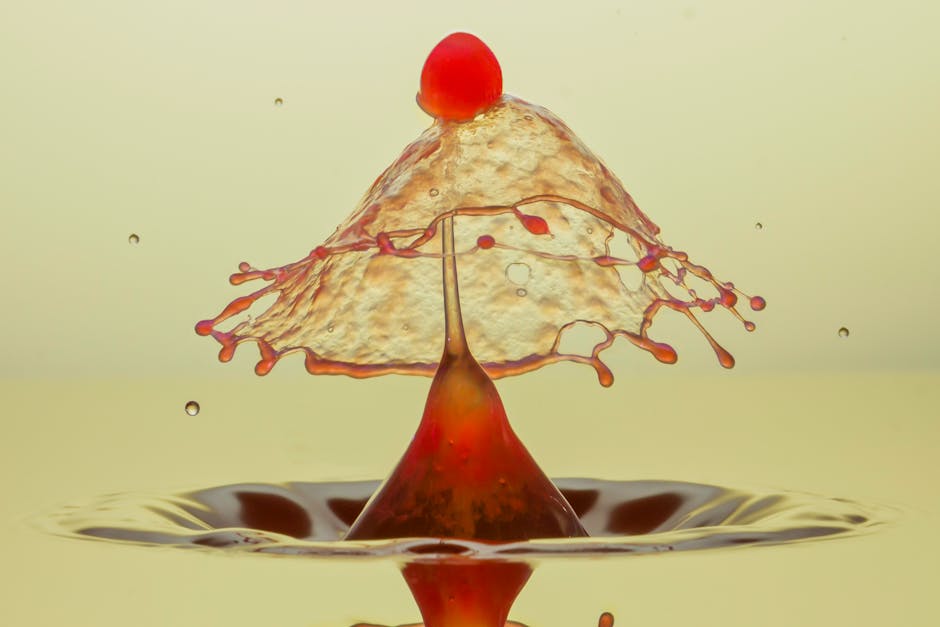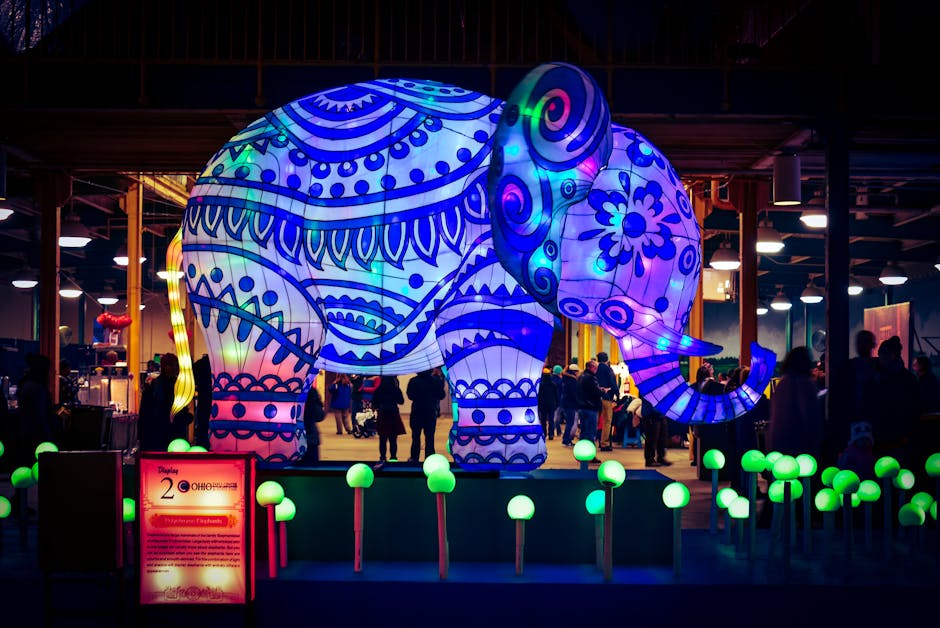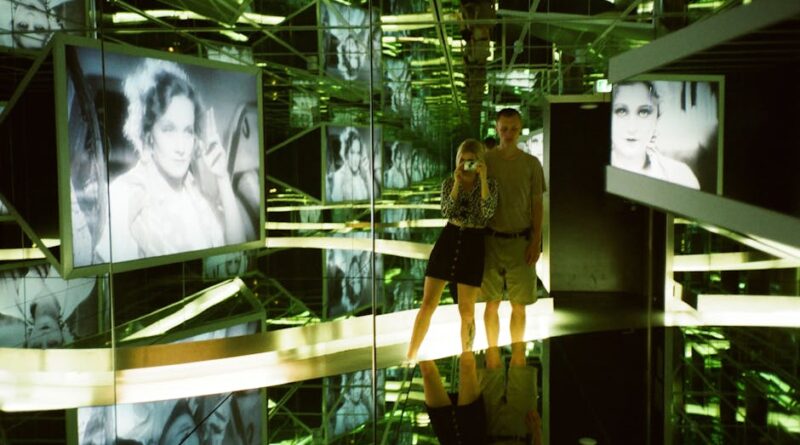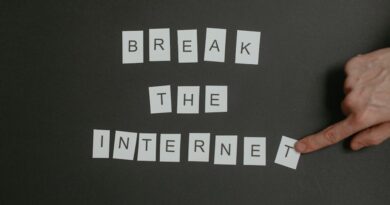Exploring the Impact of Interactive Art Installations
When we think of art, we often envision static paintings hanging on museum walls or sculptures adorning public spaces. However, in recent years, a new form of artistic expression has been captivating audiences around the world interactive art installations. These installations break the traditional boundaries between artwork and viewer, inviting participants to engage, interact, and even become a part of the creative process.
Interactive art installations are not just visually striking; they also have the power to evoke emotions, spark conversations, and challenge our perceptions of art and technology. In this article, we will delve into the fascinating world of interactive art installations and explore their impact on both the art world and society as a whole.
The Evolution of Interactive Art

Interactive art is not a new concept. Artists have been experimenting with audience participation for centuries, from Marcel Duchamp’s “readymades” to Allan Kaprow’s happenings in the 1960s. However, with advancements in technology, interactive art installations have taken on a whole new level of complexity and sophistication.
Today, interactive art installations can incorporate a wide range of technologies, including sensors, robotics, virtual reality, and augmented reality. These technologies allow artists to create immersive, multisensory experiences that blur the line between the physical and digital worlds.
One of the pioneers of interactive art installations is the artist group TeamLab, known for their mesmerizing light installations that respond to the movements of viewers. Another prominent figure in the field is Rafael Lozano-Hemmer, whose interactive installations often explore themes of surveillance, communication, and public engagement.
The Impact on Audience Engagement

One of the most significant impacts of interactive art installations is the way they engage audiences in a participatory and immersive experience. Unlike traditional art forms that require passive observation, interactive installations encourage viewers to touch, move, and even manipulate the artwork itself.
This hands-on approach not only fosters a deeper connection between the viewer and the artwork but also allows for a more personalized and interactive experience. By actively engaging with the art, participants can shape the outcome of the installation, making each interaction unique and meaningful.
Research has shown that interactive art installations can have a profound impact on the way we perceive and appreciate art. A study published in the Journal of Interactive Learning Research found that participants who engaged with interactive art installations reported higher levels of enjoyment, emotional connection, and overall satisfaction compared to those who viewed traditional artwork.
The Intersection of Art and Technology

Interactive art installations represent the fusion of art and technology, bringing together two seemingly disparate worlds in a harmonious and innovative way. By harnessing the power of technology, artists can create dynamic and interactive experiences that push the boundaries of traditional art forms.
Technological advancements such as augmented reality and virtual reality have opened up new possibilities for artists to experiment with spatial perception, sensory stimulation, and interactive storytelling. For example, the artist KAWS recently collaborated with Acute Art to create a series of AR sculptures that users can interact with in their own physical space.
Another example of technology-driven interactive art is the Rain Room by Random International, a large-scale installation that uses sensors to create a simulated rain shower that stops wherever a person walks. This immersive experience blurs the lines between reality and illusion, inviting participants to explore the boundaries of their perception.
Social Impact and Community Engagement

Interactive art installations have the power to bring people together, foster social connections, and create shared experiences that transcend cultural and geographical boundaries. By inviting participation and interaction, these installations encourage collaboration, communication, and empathy among participants.
In public spaces, interactive art installations can serve as catalysts for community engagement and revitalization. For example, the Swings: An Exercise in Musical Collaboration installation by Daily tous les jours transformed a busy urban plaza into a musical playground where passersby could create music together by swinging on giant illuminated swings.
Interactive art installations also have the potential to raise awareness about social issues and spark conversations about important topics. For instance, the Refugee Nation installation by Olafur Eliasson and the Red Sand Project by Molly Gochman both use interactive art to shed light on the global refugee crisis and human trafficking, respectively.
Challenges and Controversies
While interactive art installations have garnered widespread acclaim for their innovative and immersive qualities, they are not without their challenges and controversies. One of the main criticisms of interactive art is that it can sometimes prioritize spectacle over substance, focusing more on the novelty of technology than the artistic message.
Additionally, the accessibility of interactive art installations can be a concern, as not all audiences may have the same level of comfort or familiarity with technology. This can create barriers to participation for certain groups, particularly those with limited access to digital devices or internet connectivity.
Furthermore, there are ethical considerations surrounding the use of data and surveillance in interactive art installations. As these installations often rely on sensors and cameras to track the movements of participants, questions have been raised about privacy, consent, and the potential misuse of personal information.
Future Implications and Trends
Looking ahead, the future of interactive art installations holds exciting possibilities for artistic expression, technological innovation, and social impact. As technology continues to evolve, artists will have access to new tools and techniques for creating interactive experiences that push the boundaries of creativity and imagination.
One emerging trend in interactive art is the use of artificial intelligence to create responsive and adaptive installations that can learn, evolve, and interact with participants in real-time. Artists such as Memo Akten and Sougwen Chung are exploring the intersection of AI and art, creating installations that blur the lines between human and machine intelligence.
Another growing trend is the integration of sustainability and environmental consciousness into interactive art installations. Artists like Studio Roosegaarde are using interactive installations to raise awareness about climate change, pollution, and biodiversity loss, inspiring viewers to take action and make a positive impact on the planet.
Conclusion
Interactive art installations have the power to transform our perceptions of art, technology, and society by creating immersive, engaging, and participatory experiences that challenge the boundaries of traditional artistic expression. From fostering audience engagement and community collaboration to raising awareness about social issues and pushing the limits of creativity, interactive art installations have the potential to inspire, provoke, and unite people from all walks of life.
As we continue to explore the impact of interactive art installations, it is essential to consider the ethical, social, and cultural implications of these innovative artworks. By embracing the intersection of art and technology, we can create a more inclusive, diverse, and connected world where creativity knows no bounds.
So the next time you encounter an interactive art installation, take a moment to engage, interact, and immerse yourself in the experience. Who knows, you might just discover a whole new world of artistic expression and inspiration waiting to be explored.




